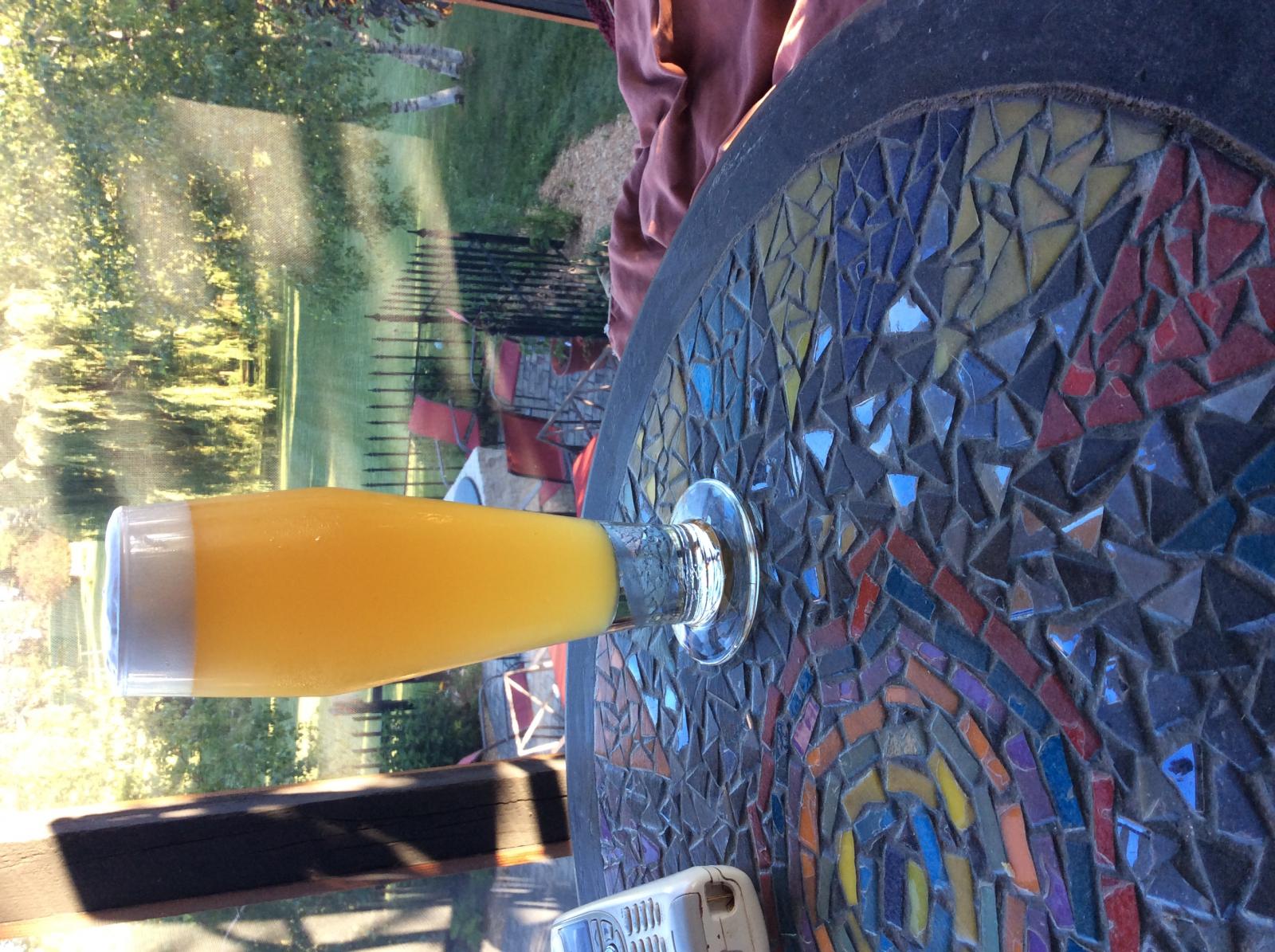I did this kind of by accident.
I bottled a little early on my most recent NEIPA, it was down to 1.014 but was still murky like paint. Sure enough when I drained the fermenter there was almost no yeast on the bottom. After a day in bottles the yeast had fallen and there was some carbonation already. My plan is to drink it frequently enough that I will get some warning if its getting overcarbed. But its too soon to say if there is any positive effect.
Once the carb hits the point you want, get it all in the fridge and that will slow down additional carbonation, plus it will preserve flavors better if it is cold any way. Be interesting to here how it works out for you.













































![Craft A Brew - Safale BE-256 Yeast - Fermentis - Belgian Ale Dry Yeast - For Belgian & Strong Ales - Ingredients for Home Brewing - Beer Making Supplies - [3 Pack]](https://m.media-amazon.com/images/I/51bcKEwQmWL._SL500_.jpg)



















